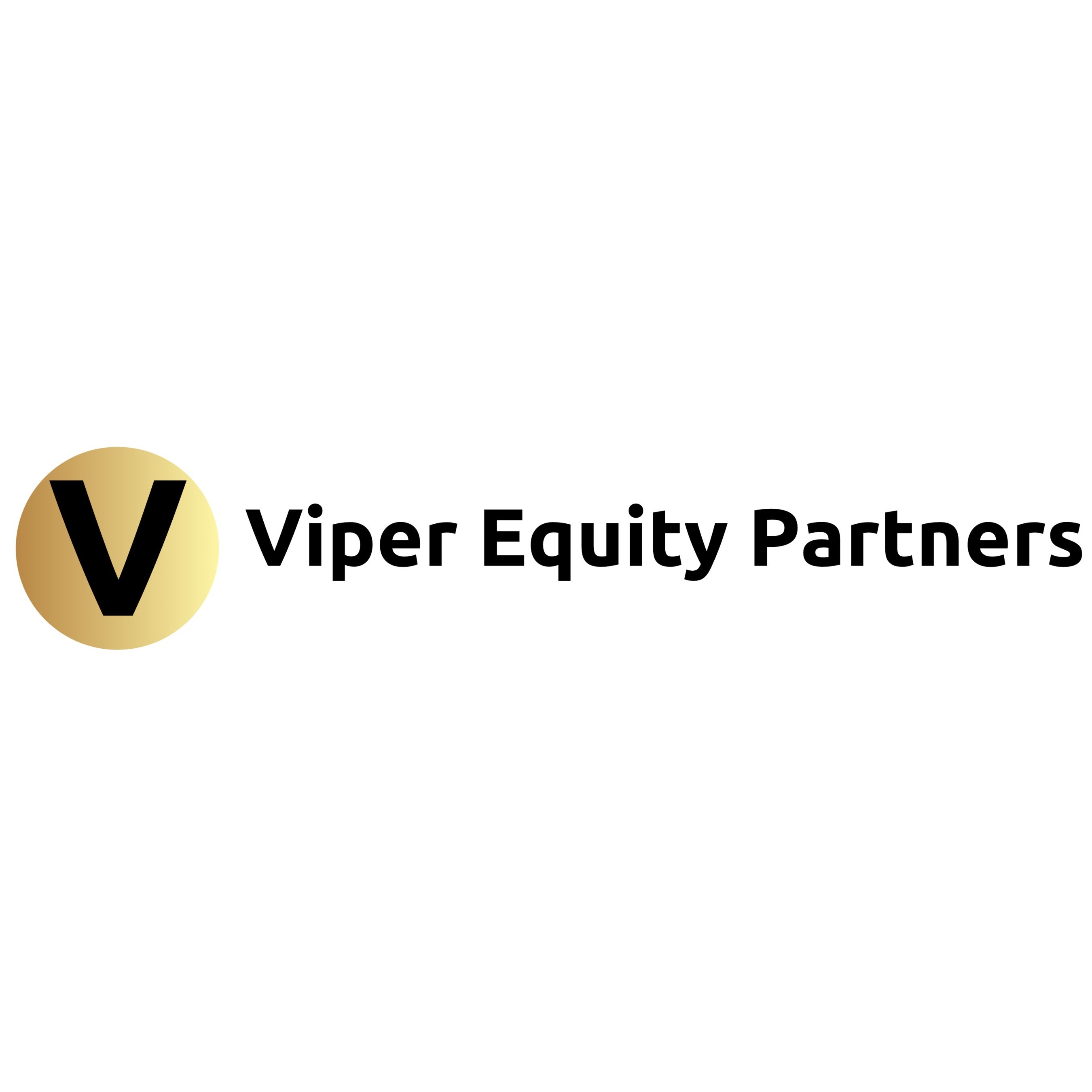Cross-border mergers and acquisitions (M&A) present unique opportunities and challenges for companies seeking to expand globally. These transactions involve companies from different countries coming together to achieve strategic objectives such as market expansion, technology access, and increased competitiveness. However, navigating cultural differences, regulatory complexities, language barriers, economic variations, and integration challenges requires careful planning and execution.
Cultural and Regulatory Differences
Cultural Integration:
Merging companies with different organizational cultures, values, and management styles can pose challenges. Cultural due diligence, effective communication, and a collaborative environment are essential for successful integration.
Regulatory and Legal Considerations:
Navigating different legal systems, regulatory frameworks, and compliance requirements requires thorough due diligence and legal expertise to ensure compliance with local laws.
Language and Communication Barriers
Multilingual Communication:
Dealing with language barriers presents communication challenges. Language support, translation services, and cultural sensitivity are crucial for effective communication and avoiding misunderstandings.
Negotiation and Documentation:
Precise translation and interpretation services are necessary during negotiation processes and the drafting of legal documentation to ensure accuracy and clarity.
Financial and Economic Factors
Currency Exchange Risks:
Currency fluctuations pose potential risks to deal valuations and financial outcomes. Risk mitigation strategies, such as hedging or pricing adjustments, can help address these risks.
Economic and Market Variations:
Navigating different economic landscapes, market conditions, and industry regulations requires thorough market analysis and due diligence to assess potential risks and opportunities.
Integration and Synergy Realization
Operational Integration:
Integrating cross-border operations, IT systems, supply chains, and organizational structures is complex. Careful planning, clear communication, and alignment of processes are necessary to maximize operational efficiency and realize synergies.
Talent Retention and Integration:
Retaining key talent and integrating teams from different cultural backgrounds are challenges. Effective talent management strategies, employee engagement, and cultural sensitivity can help overcome these challenges.
Competitive Landscape and Market Entry
Market Expansion Opportunities:
Cross-border M&A provides access to new markets, customer segments, distribution channels, and technologies. Establishing a local presence in new markets offers strategic advantages.
Competitor Analysis:
Analyzing the competitive landscape in the target market helps understand market dynamics, customer preferences, and potential challenges.
Cross-border mergers and acquisitions offer companies the potential for global expansion and increased competitiveness. While challenges such as cultural differences, regulatory complexities, language barriers, economic variations, and integration difficulties exist, they can be overcome through careful planning, due diligence, effective communication, and strategic execution. By addressing these challenges, companies can unlock opportunities for market expansion, technology access, and enhanced competitiveness. Successful cross-border M&A requires a meticulous understanding of the target market, cultural sensitivity, and a clear integration plan. With the right approach, companies can navigate the complexities of cross-border transactions and position themselves for global growth and success.

